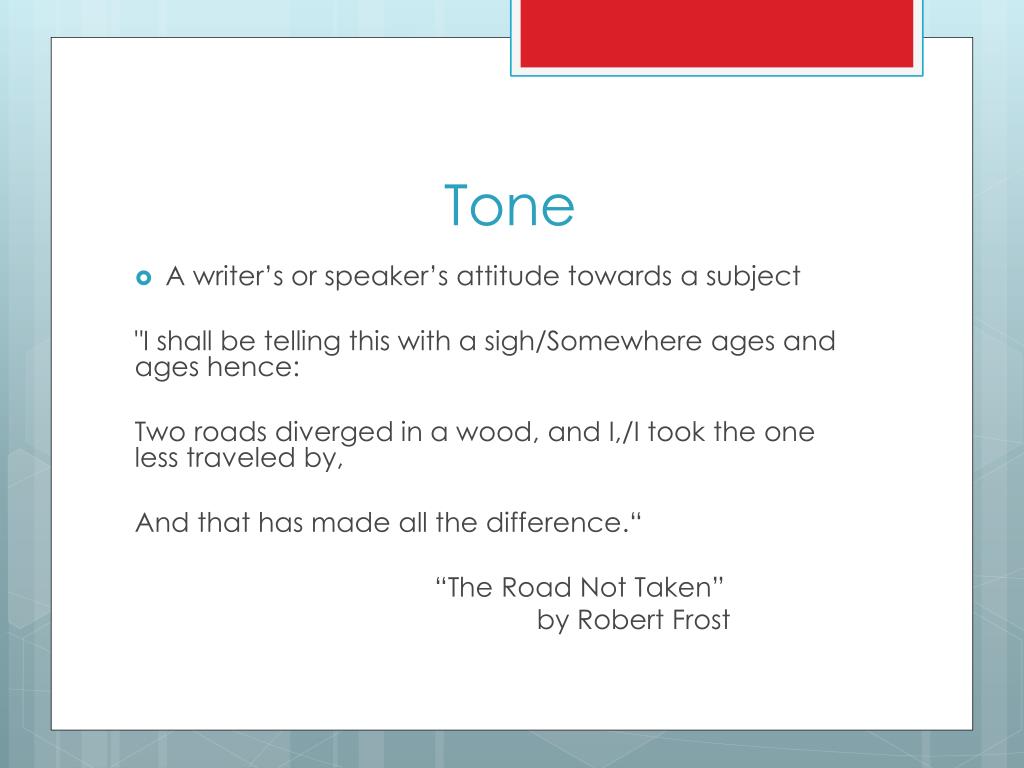


Have students share at least one of their personal examples or explanations of figurative language with classmates. Have students work cooperatively in groups, discussing the results of their work, and examining the work of others to understand and use figurative language successfully.Īllow students opportunities to compare their ideas with others in their group, as well as to match the group’s ideas with those of other groups and the entire class. Have students work together in groups, present their ideas, and create their own descriptions employing figurative language. Review the figurative language that will be discussed and analyzed, provide active practice with it, and tell students that they will collect examples of figurative language and explain their effectiveness. Scaffolding, Active Engagement, Modeling, Explicit Instruction W: Observing students discuss symbolism in “The Road Not Taken” offers another opportunity to note whether you will need to do more with the entire class on symbolism before moving on, or whether problems are limited to a few students.Opportunities to observe whether students are able to identify and use figurative language, as well as recognize its effectiveness, are available as you watch students compose and analyze their own work and analyze the work of other groups. Watching students work in groups on “The Eagle” and on their own group description of a scene offers another opportunity to observe individual strengths and weaknesses.Use the extension activities to provide additional practice. Otherwise, work with individuals or small groups to review and reinforce the concepts and procedure. If misunderstanding the assignment appears to be widespread, take a few minutes to work through another example with the entire class and to answer any questions. Looking over the examples that students hand in offers a quick identification of students who do not understand figurative language and the format of the assignment.Walk among the groups as they work on identifying figurative language used in “The Pedestrian” so that you can help where necessary and identify individuals who will need additional reinforcement.Use the following techniques to assess students’ progress: The goal of this lesson is to build on students’ knowledge of figurative language and to teach students to analyze the ways in which authors use figurative language to create a powerful reading experience. Symbolism: A device in literature in which an object represents an idea.


Metaphor: A comparison of two unlike things without using like or as.Imagery: A word or group of words in a literary work that appeal to one or more of the senses.Idiomatic Language: An expression peculiar to itself grammatically or that cannot be understood if taken literally (e.g., Let’s get on the ball.).Hyperbole: An exaggeration or overstatement (e.g., I was so embarrassed I could have died.).Figurative Language: Language that cannot be taken literally because it was written to create a special effect or feeling.Denotation: The literal or dictionary meaning of a word.Connotation: The ideas or emotions associated with a word.Alliteration: The repetition of initial consonant sounds in neighboring words.


 0 kommentar(er)
0 kommentar(er)
